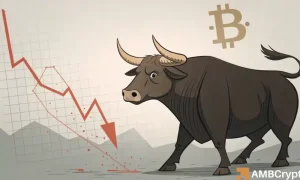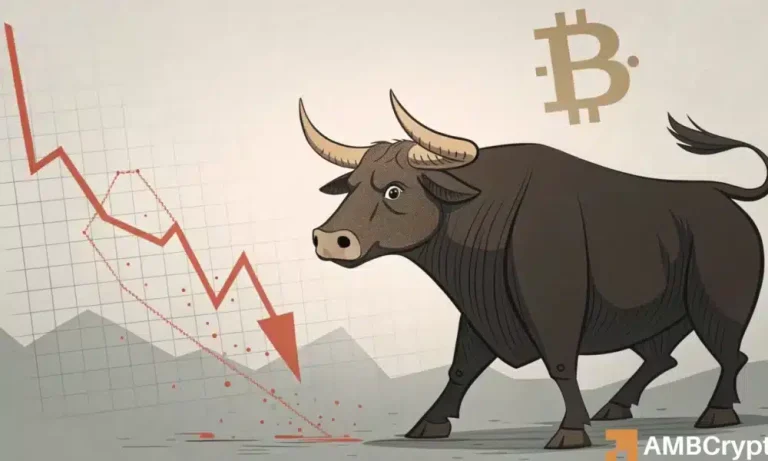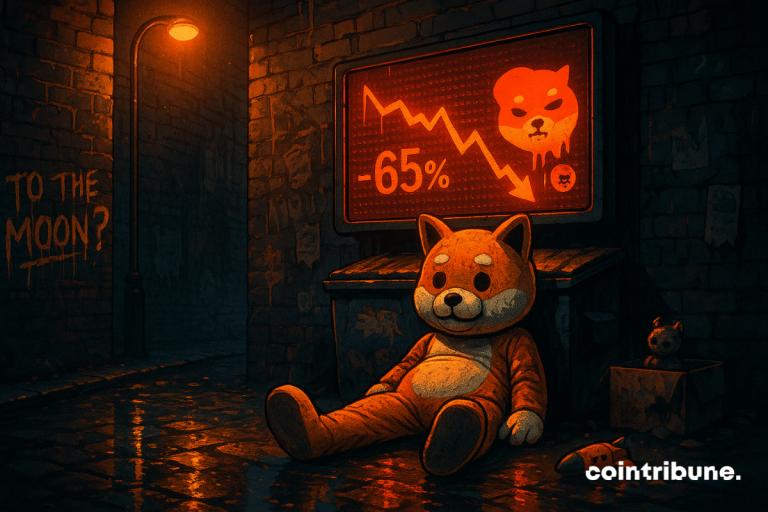- Bitcoin’s CDD, UTXO losses, and Network Growth suggest Bitcoin is in a holding pattern amid mixed sentiment.
- Mild buy-side dominance and persistent volatility reflect cautious optimism without strong momentum.
Bitcoin’s [BTC] Coin Days Destroyed metric declined to 500K, down from peaks above 1 million. This suggested long-term holders showed restraint despite BTC’s approach to all-time highs.
In fact, the CDD 30-Day Moving Average confirmed this cool-off, hinting at a clear shift from aggressive profit-taking to quiet accumulation.
Naturally, it supports the idea that diamond hands still aren’t done playing the long game.
Bitcoin’s UTXOs in Loss surged 42.81% to 12.23 million, while UTXOs in Profit slipped 1.2% to 305.15 million.
This indicates that a notable portion of recent buyers entered at higher prices and are now holding underwater positions. So the stress is localized, not market-wide, at least for now.
Are buyers still here?
The BTC Taker Buy/Sell Ratio ticked up to 1.028, a 1.04% gain that put buy-side takers slightly ahead.
This level, just above the neutral line, implies that perpetual market participants remain cautiously optimistic. However, the modest strength in buy volume does not signal a full-blown bullish breakout.
This subtle buying interest hints at conviction but without the noise.
BTC volatility remains elevated, yet controlled.
The latest reading of 0.011 shows sharp spikes but no follow-through. These bursts have been frequent since mid-April but haven’t flipped the overall trend.
This tells us something simple: traders are alert, not alarmed. Volatility might look wild on the chart, but it’s not tipping the market into chaos.
What does the crash in network growth mean for Bitcoin demand?
Bitcoin’s Network Growth nosedived from over 500K to 76.5K, a steep drop that could signal weakening user interest.
This contraction shows a significant decline in new addresses interacting with the network, indicating a slowing of organic demand.
The spike in June likely resulted from temporary excitement that could not be sustained.
Put it all together, fewer long-term sellers, rising unrealized losses, modest buy pressure, and cooling network growth, and you get a market in limbo.
Bitcoin isn’t signaling a top, but it’s not charging ahead either. Until on-chain indicators like Network Growth or Taker activity strengthen, BTC may stay stuck in consolidation, quietly coiling for its next move.






